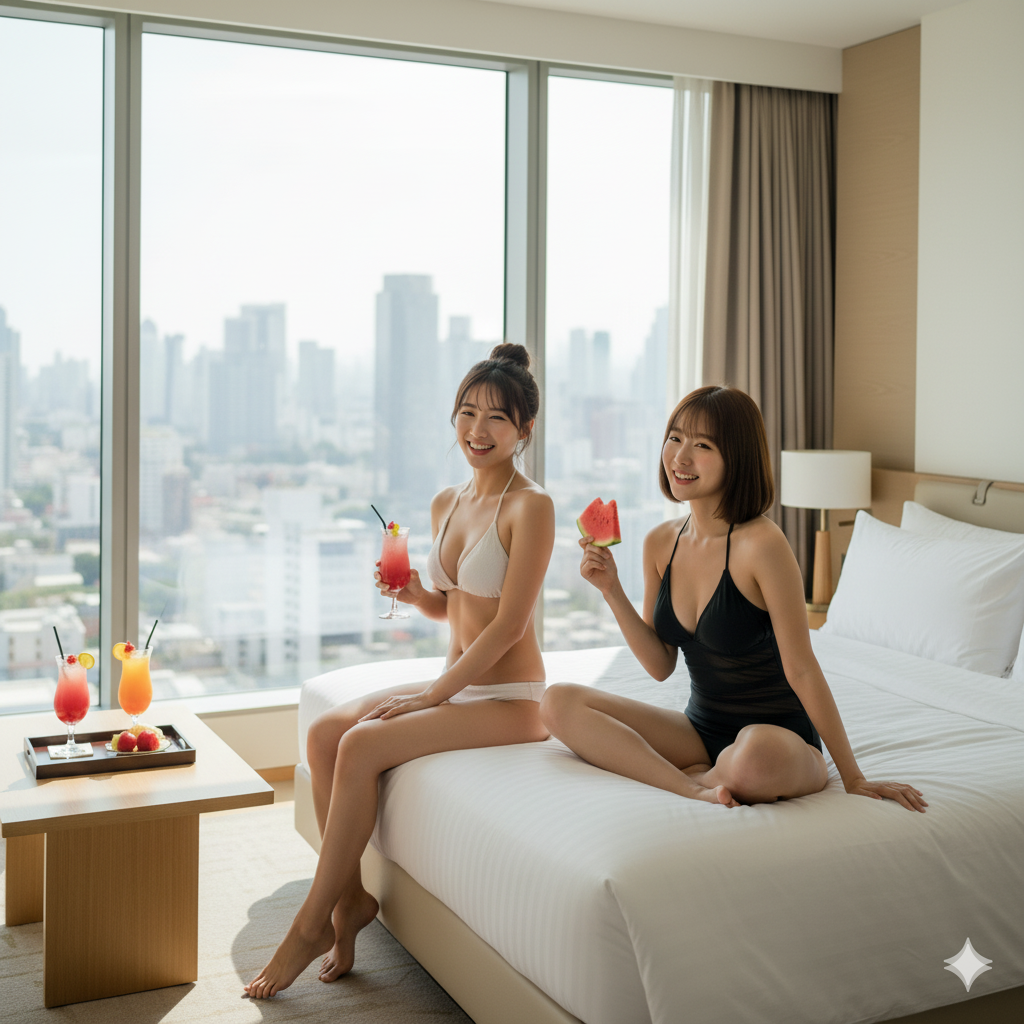Osaka’s nightlife clusters are spread across Tobita Shinchi, Soemon-cho (Dotonbori), Matsushima Shinchi, and Togano-cho. Respect local rules (no photos in “shinchi”), avoid street touts in Namba/Midōsuji, and check club “system” prices before you sit. Door-to-door time from Namba to each area is 5–20 minutes by subway + walk. Budget ¥6,000–¥10,000 for one hour at entry-level hostess clubs; “shinchi” pricing is on-site only and cash-focused. Links to official sources are provided below.
1. What is Osaka’s Red Light District?
2. How do you get there & move around?
3. How much does it cost & what’s included?
4. How to book, pay, and follow local rules
5. Safety, scams & useful Japanese phrases
1. What is Osaka’s Red Light District?
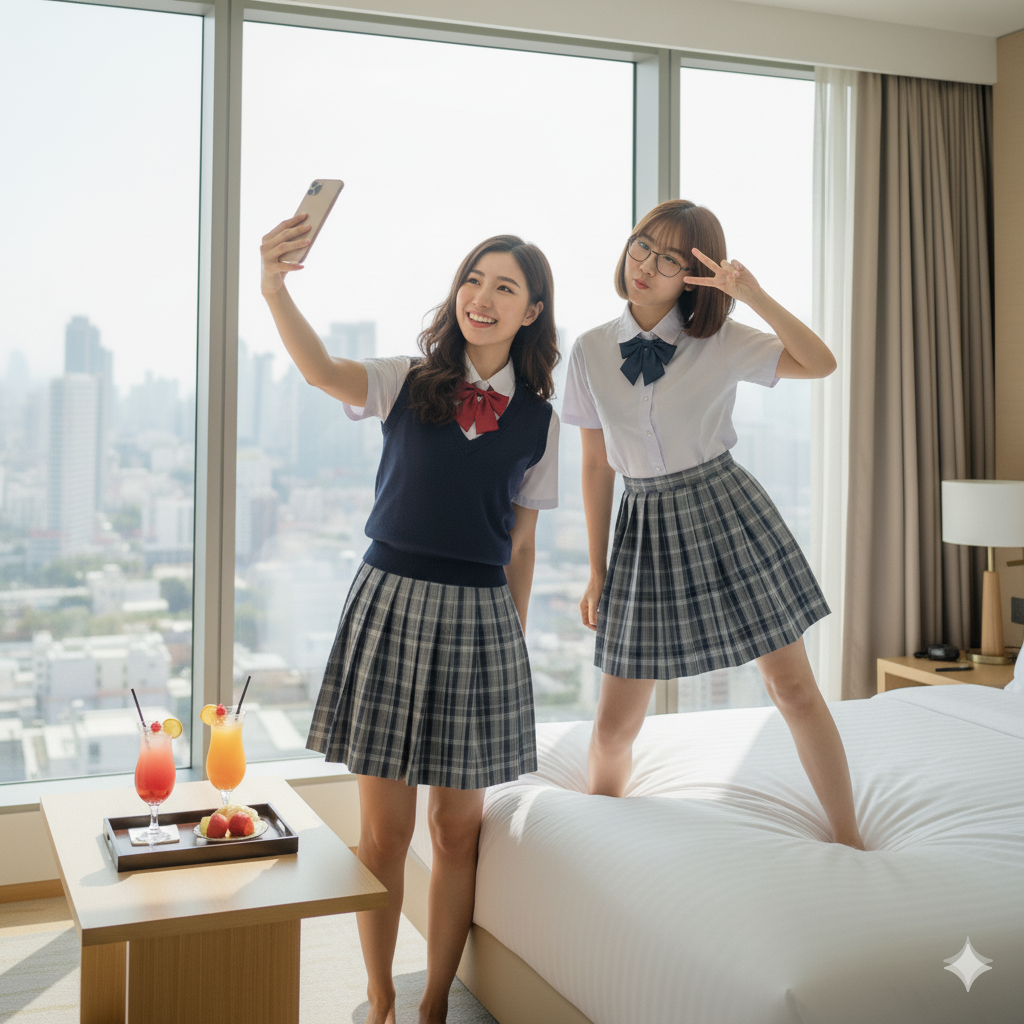
1-1 Overview
“Shinchi” districts like Tobita and Matsushima are historic alley networks with tightly controlled house rules (discretion, cash handling, and strict no-photo policies at the street level). For a mainstream club night, Soemon-cho/Dotonbori offers bars, nightclubs, and hostess/host clubs under neighborhood associations such as the Soemon-cho Shopping Street and Dotonbori management bodies like Tonbori Guide.
1-2 Main areas you’ll hear about
- Tobita Shinchi (Nishinari) — famous historic quarter; extremely strict about privacy and photography (local signs indicate “no photos”).
- Matsushima Shinchi (Kujo/Nishi) — smaller and quieter than Tobita; similarly privacy-oriented and not touristy.
- Soemon-cho & Dotonbori (Chuo) — neon canyons of bars, nightclubs, and clubs; official town pages list shops and hotels: Soemon-cho Shop Directory, Dotonbori Shopping Street.
- Togano-cho (Kita) — “omotenashi” town near Umeda with nightlife businesses and love hotels; see local community’s official site I LOVE Togano-cho.
1-3 Laws & local rules that actually matter
Two pillars shape your night: the national “fuei” framework and the city’s anti-tout ordinance. The National Police Agency overview (PDF) explains categories and compliance basics, while local licensing and hours are administered by the Osaka Prefectural Police. Street solicitation (“kyakuhiki”) is restricted: see the City’s ordinance page (overview & penalties), which targets the Namba/Minami and Kita belts.
2. How do you get there & move around?

2-1 Nearest stations & exits
• Tobita Shinchi: Osaka Metro Midosuji/Sakaisuji lines to Dobutsuen-mae (M22/K19) → walk through Shinsekai/Jan-Jan Alley.
• Matsushima Shinchi: Osaka Metro Chuo Line to Kujo (C14) → short walk toward Matsushima area near the union hall.
• Soemon-cho/Dotonbori: multiple routes via Namba (S16/M20/Y15); use 14 exit toward Dotonbori footbridges; see Namba concourse PDF.
2-2 Quick area comparison (time, vibe, rules)
| Area | Nearest Station (Official) | Walk Time | Typical Hours* | Key Rules / Notes | Useful Official Link |
|---|---|---|---|---|---|
| Tobita Shinchi | Dobutsuen-mae | ~10–15 min | Evening–late | No photography in the lanes; be discreet | Osaka Pref. Police (rules) |
| Matsushima Shinchi | Kujo | ~7–10 min | Evening–late | Quiet, privacy-focused; cash culture | Osaka-Info (tourist help) |
| Soemon-cho / Dotonbori | Namba | ~5–10 min | Evening–late | Busy nightlife street; beware touts | Soemon-cho Official |
| Togano-cho (Umeda side) | Umeda/Osaka (JR/Metro) | ~10 min | Evening–late | Love hotels, nightlife cluster | Togano-cho Official |
*Business hours vary by license and local rules; Osaka Police page gives the framework: Fuei operations.
2-3 Accessibility & navigation tips
Use signed lifts and barrier-free routes at big interchanges (see Namba’s page with elevator paths). If you need precise elevator-only directions, Osaka City also posts step-by-step photo guides (e.g., Namba elevator route).
3. How much does it cost & what’s included?
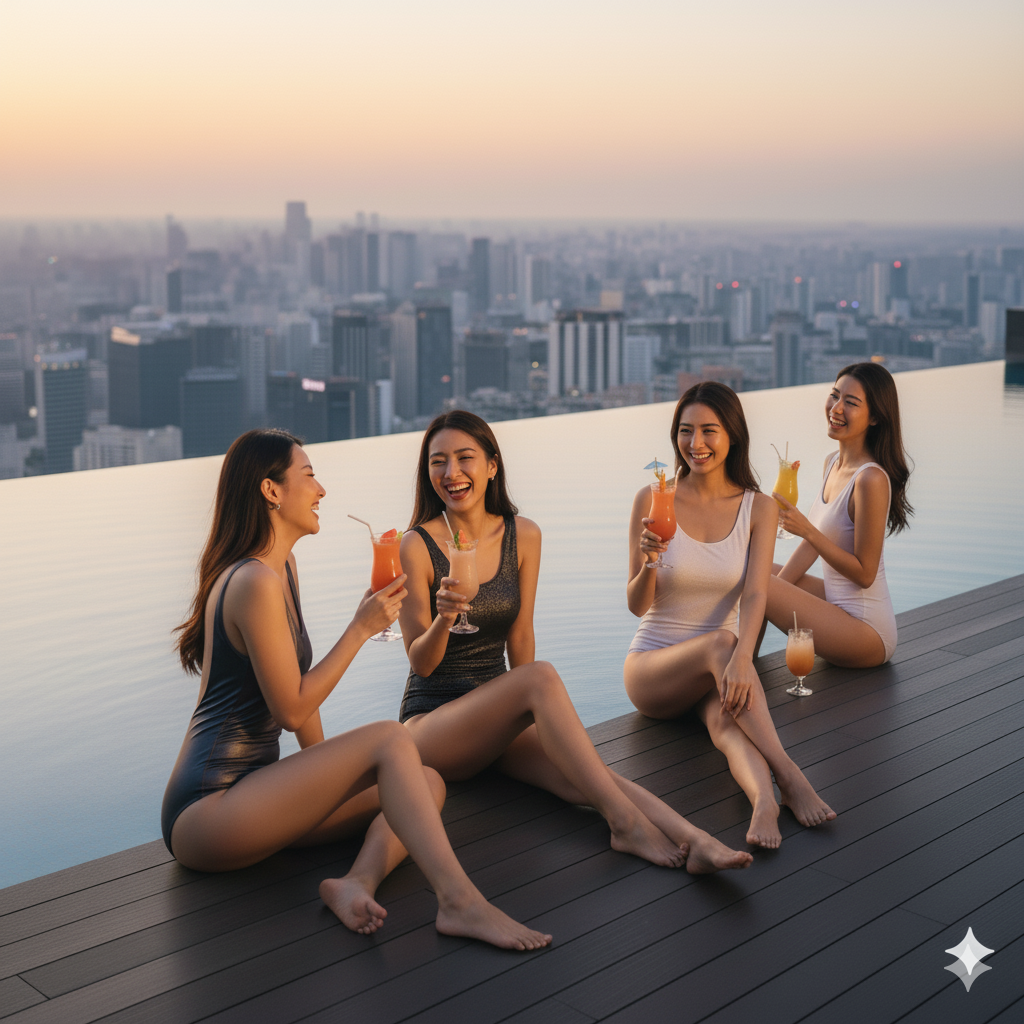
3-1 Published “system” pages (real examples)
| Venue / Category | Published Example Price (60min unless noted) | Tax / Service | Source |
|---|---|---|---|
| Club IRIS (hostess club, East Shinsaibashi) | ¥8,000 std. / first-timer promo ¥6,000 | Tax 10% + Service 25% | Official “SYSTEM” |
| Club HORUS Minami (new club, Namba) | Set 60min ¥9,000; VIP 60min ¥12,000 | Service 37.5% | Official system page |
| Club ARROW (hostess club, Shinsaibashi) | VIP room fee ¥30,000 (other options listed) | Service 25% (+ tax) | Official system page |
| GIRAFFE Japan (nightclub, Dotonbori) | Program & hours listed (check events for cover) | — | Official site |
3-2 What about “shinchi” prices?
Shinchi districts (Tobita, Matsushima) are intentionally low-profile: prices are not published, photography is prohibited, and transactions tend to be in cash. Treat it like visiting a traditional neighborhood—discretion first. (For mainstream nightlife costs and safety backup, the tourist bureau’s help page is here: Osaka-Info safety & hotlines.)
3-3 Tipping, cards, and cover charges
Japan is no-tip; clubs incorporate service charges. Many mid/high-end clubs accept cards, but small bars and “shinchi” houses can be cash-only. Always confirm the “system” (set time, nomination fees, tax/service, bottle policy) before you sit. If you want a dance/club night instead, check event pages for cover changes and dress code (e.g., GIRAFFE Japan).
4. How to book, pay, and follow local rules
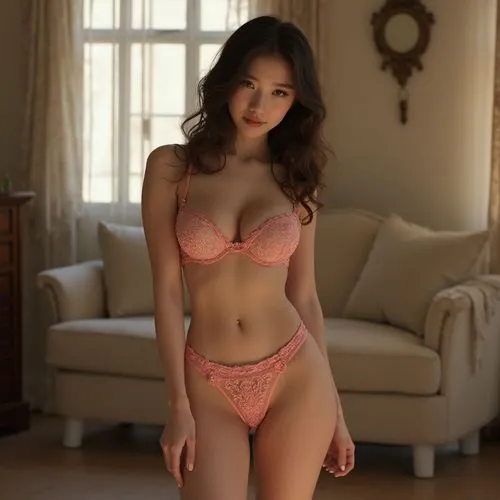
4-1 Booking & payment
- Choose a venue and read its SYSTEM page (examples above).
- Reserve if needed (clubs often take calls/DM; see official pages). For nightclubs, check event calendar and arrive early.
- Bring a passport/ID for age checks if requested; some venues require it.
- Confirm payment (cash vs card) before you sit; clarify service/tax.
4-2 Local rules worth memorizing
- No photography in shinchi lanes (Tobita/Matsushima). This is a strict community rule to protect privacy.
- Don’t follow touts in Minami/Kita—Osaka’s ordinance restricts street solicitation and imposes fines in designated zones. See City overview: Anti-tout ordinance.
- Licensing and late-hour operations follow prefectural guidance: Osaka Police “fuei” page.
4-3 Where to turn if something feels off
For general tourist safety and multilingual assistance, bookmark Osaka’s official help page (Osaka-Info Safety & Japan Visitor Hotline). Osaka Prefectural Police also provide English leaflets for theft/accidents/lost items: Police for Tourists (English).
Heads-up: If someone on the street tries to steer you to a “special deal,” politely refuse and keep walking. Use official venue entrances, read the posted system, and confirm your bill before ordering premium bottles.
5. Safety, scams & useful Japanese phrases
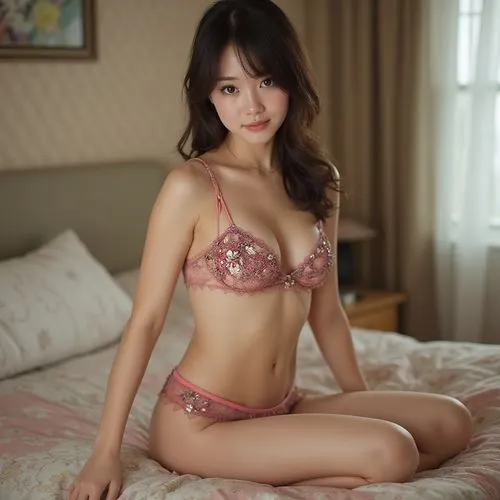
5-1 Safety quick list
- Use official directories (e.g., Soemon-cho shop list), club’s own websites, and well-known nightclubs.
- Avoid photography in shinchi; it’s culturally sensitive (numerous local notices and media coverage indicate “撮影禁止”).
- Don’t accept escorting by street touts; see the City’s restriction and penalties: anti-tout ordinance.
- In trouble, call the multilingual hotline on Osaka-Info or visit a police koban.
5-2 Handy phrases (plain & polite)
- Reservation: 「予約をお願いできますか?」 (Yoyaku o onegai dekimasu ka?) — “Can I make a reservation?”
- System/prices: 「料金とシステムを教えてください。」 — “Please explain the prices and system.”
- Card payment: 「クレジットカードは使えますか?」 — “Do you accept credit cards?”
- Time check: 「あと何分ですか?」 — “How many minutes left?”
- No photos: 「ここは撮影禁止ですか?」 — “Is photography prohibited here?”
- Declining touts: 「すみません、結構です。」 — “No, thank you.”
Want a safe mainstream night first? Try Dotonbori/Soemon-cho’s large venues. Example: check programs at GIRAFFE Japan, and browse the official shop list.
5-3 Internal reading (English)
- Tokyo Red Light District Guide
- SoapEmpire — Japan Nightlife Portal
- SoapEmpire — Contact & Booking Help
6. Summary and next steps
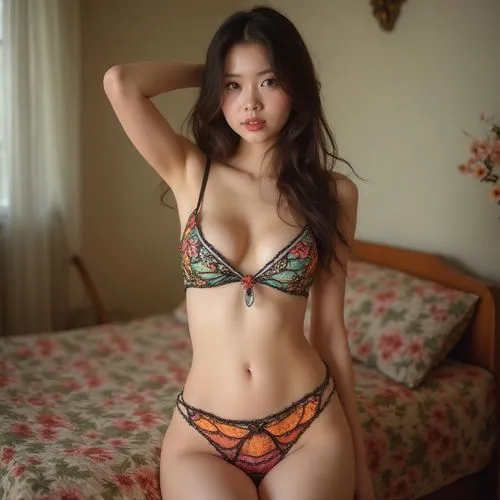
6-1 One-night sample plan
- Evening ramen by Dotonbori, short walk into Soemon-cho’s bar street (official area site).
- Check a club with published prices (e.g., HORUS Minami or Club IRIS).
- Late detour to Shinsekai and a respectful stroll toward Tobita perimeter (no photos); taxi back to hotel.
Why travelers struggle with the osaka red light district—and how SoapEmpire helps
For many first-timers, the osaka red light district feels like a maze of narrow alleys, unspoken customs, and venues with opaque pricing. Information online is either sensational or outdated, and “on-the-street” advice can be risky because of anti-tout rules and inconsistent quality. You want a relaxed, memorable night—not a guessing game at the door, a surprise bill, or friction over language and payment.
SoapEmpire was built to solve exactly this. We run a Japan-wide nightlife portal in English, tracking venues and rules across Osaka, Tokyo, Nagoya, and Fukuoka. Our mission is simple: translate local systems into clear checklists—access, system prices, booking steps, and etiquette—so you can pick confidently and enjoy the night. Instead of vague blogs, we link to official sources and neighborhood associations, and we keep a live index of mainstream clubs and hostess/host venues with published “system” pages. When an area has strict house rules (for example, no photography in shinchi lanes), we flag it up front and suggest safer alternatives nearby.
With SoapEmpire, you get three concrete advantages: (1) curated options that match your budget and comfort level (e.g., Soemon-cho clubs with 60-minute sets from ¥6,000–¥10,000), (2) practical, map-level guidance for stations and exits, and (3) a backup channel when you need it—our 24-hour booking support is a flat $10. Tell us the place, time, and name; we’ll confirm availability, communicate in Japanese for you, and share the venue’s rules in plain English. This is especially handy if you’re curious about the osaka red light district but want a predictable, well-reviewed starting point.
Bottom line: you don’t need insider contacts to have a smooth night in Osaka—you need verified info, a plan that respects local rules, and a friendly English backstop. That’s what SoapEmpire provides. Browse our area pages, pick a venue with transparent pricing, and let us handle the reservation. You focus on the fun; we’ll handle the friction.
For reservations or inquiries, please contact us via the inquiry form.
If you’re interested in visiting any of these places, SoapEmpire offers a 24-hour booking support service for only $10.
Just send the store name, preferred time, and your name (nickname is fine) to: artistatakuma@icloud.com.
We’ll take care of your reservation quickly and smoothly.
FAQ (Osaka Red Light District)
Q1. Is photography allowed in Tobita or Matsushima?
A1. No. Treat “shinchi” lanes as strictly no-photo. Keep phones away and follow local instructions. For mainstream nightlife, photos are usually fine in public streets, but always ask inside venues.
Q2. Are street touts legal in Namba?
A2. Street solicitation is restricted and subject to penalties in designated zones under the City’s ordinance. Use official venues and walk-ins; don’t follow touts. See the City page: anti-tout overview.
Q3. Can I pay by card?
A3. Many mid/high-end clubs accept cards; small bars and shinchi houses may be cash-only. Confirm at the entrance. Check each club’s “SYSTEM” page (e.g., HORUS, IRIS).
Q4. Where can I get help in English late at night?
A4. Use the Japan Visitor Hotline on the official Osaka tourism page (Osaka-Info) or ask at a police koban; Osaka Prefectural Police provide English leaflets: For Tourists (English).
Official / primary links used in this guide
- Soemon-cho Shopping Street (official)
- Soemon-cho Shop Directory
- Tonbori Guide (Dotonbori)
- Togano-cho official community
- OSAKA-INFO (official tourism) / Safety & Hotline
- Osaka City anti-tout ordinance (official)
- Osaka Prefectural Police — fuei operations
- Osaka Police — For Tourists (English)
- Osaka Metro Namba station / Dobutsuen-mae / Kujo
- Club HORUS Minami — system
- Club IRIS — system
- Club ARROW — system
- GIRAFFE Japan — official site
